
On March 11, the United States and Ukraine, at Jedda, in Saudi Arabia, agreed on a 30-day ceasefire, which will be valid in the event of adoption and simultaneous execution of the Russian Federation and may be extended by mutual agreement of the parties. In response, the Russian dictator allowed such a truce, but expressed a number of reservations and preliminary conditions.
On March 18, Trump and Putin's telephone conversation took place, during which they agreed to stop struck by energy infrastructure (or energy and infrastructure, as the US side stated). On March 24, negotiations of experts of Russia, Ukraine and the USA on this issue were appointed. For the first time since the spring of 2022, when peace talks between Russia and Ukraine were interrupted, the potential opportunity to end the war in Ukraine has again emerged.
Will it be possible to negotiate 30 days without war, and to the full completion of hostilities? The further development of events around the war and the negotiation process on its completion will be decisive to determine the choice of the Russian leader. Putin was in front of a dilema - Trump or Ukraine. On the one hand, Putin obviously wants to continue the big negotiating game with Trump with a "big deal" between the US and Russia.
On the other hand, the idea of Putin is the destruction of Ukraine as an independent and pro-Western state. For this purpose, he began the present war against Ukraine. There are possible scenarios for further development of the situation with peace talks: 1. Direct peace talks between Russia and Ukraine through the US.
As a result, the parties agree on ceasefire (partial or full, 30 days or other term, most likely to have a gradual cease ceasefire), while adopting a political application for continuing peace negotiations to achieve a comprehensive peace treaty. In this case, the US may abolish some sanctions against Russia. And then much depends on whether the ceasefire will continue in 30 days and how effective the peace talks will be. 1-a. The ceasefire lasts after a 30-day truce.
After that, the United States abolish some of the sanctions against Russia. The war is gradually stopped, but the parties will not be able to reach a comprehensive peace agreement because of fundamental contradictions about the status of the occupied territories and a number of other problems. Instead, a political agreement may be signed on the issues from which the parties can find a compromise. 1-b. The 30-day truce breaks through numerous violations or does not continue.
Military actions are renewed. Peace negotiations can continue, but can be stopped with further recovery. 2. Peace negotiations begin but delayed indefinitely and do not lead to ceasefire. Further simultaneously peace talks and hostilities continue. 3. Peace negotiations go to a dead end either in the initial phase or after a while. After that, peace talks cease, the war continues. The first scenario is now more likely.
Given the content of a telephone conversation between Putin and Trump, which took place on March 18, the Russian leader chooses a continuation of talks with Trump, indirectly agrees to the beginning of peace talks, but with some reservations and additional requirements. The compromise may be that negotiations will not only start a complete ceasefire (as the US want) for a certain period (30 days), followed by prolongation, but about a step -by -step ceasefire.
The first stage is the ceasefire on the ports and objects of energy infrastructure. If this agreement is executed, the second stage is the ceasefire in the air and at sea. The third and most difficult stage is the ceasefire on land. If this is the logic of the peace process, it will be quite difficult to reach a complete ceasefire for Easter (April 20), as Trump wants. The negotiation process and implementation of the transactions achieved can be extended over a longer period.
Also, the parties may agree on the beginning of comprehensive peace talks (which Russia insists), but at the same time the preliminary ceasefire agreement will be a priority. At each stage of negotiation, Russia will require a concern from the United States and Ukraine. Ukraine will reject the requirements of Russia. Coordinating compromise solutions will delay the negotiation process.
In parallel, Russia will try to carry out a new wave of offensive actions and seize another part of the territory of Ukraine to provide stronger positions in the negotiations. It is from the martial situation that the possibility of reaching a full ceasefire agreement will largely depend. The larger the Russian offensive, the less likely the ceasefire agreement will be.
Conversely, the more stable the military situation and the front line, the more likely it will be to reach an agreement on a complete ceasefire. In the process of ceasefire negotiations, which should occur with the participation of representatives of the armed forces of the warring parties, it will be necessary to reconcile the collision line, along which hostilities must be terminated.
Without taking into account the state border between Ukraine and Russia, only the front line within Ukraine is more than 1300 km. Therefore, even the coordination of the collision line will be a very difficult technical task. In addition, it will be necessary to reconcile mechanisms for monitoring the ceasefire and a third party, which will control the observance of the ceasefire. During the Minsk agreements, such a controller was a special OSCE monitoring mission.
Who in this role will be now unclear. This role may be taken by the United States, if Russia agrees, if not, it will have to resort to the services of international organizations, such as the UN or the same OSCE (although Ukraine is extremely critical in Ukraine). For a steady and stable ceasefire, it is advisable to create a neutral and demilitarized area along the line of contact, from which it is necessary to remove heavy weapons.
It is desirable to do the same along the Russian-Ukrainian border. But then it is advisable to form a body of peacekeepers to monitor the neutral zone. Russia is strongly against NATO's participation as peacekeepers. Ukraine will be against the participation of the CDU (military allies of Russia) in the role of peacekeepers. And then, to form a peacekeeper corps, you will have to look for relatively neutral countries that will suit both Russia and Ukraine.
Some politicians and experts believe that China and India, or other countries not involved in conflict, may provide their peacekeepers in Ukraine. But so far it is purely theoretical assumptions. Negotiations on peacekeepers are a special difficult question. Even if such a political decision is made, it takes time to resolve organizational and financial issues regarding the formation and placement of the peacekeeping building (at least half a year).
The beginning of peace talks retains for Putin the opportunity to put pressure on Ukraine during the negotiation process, and through bilateral contacts between Putin and Trump. Putin can also constantly threaten the restoration of hostilities against Ukraine. In this regard, it is not necessary to expect a completely complete cessation of hostilities. According to the experience of the Minsk Agreements, episodic violations of the ceasefire regime are almost inevitable.
If peace talks go to a dead end, or they are torn off and the war resumes, then Trump may lose interest in Ukraine and peace talks, as well as attempts to negotiate with Putin. If, in the event of Russia's hostilities, significant successes are not possible and the war is stuck in the positional phase for a long time, then a new attempt to resume negotiations in Ukraine in Ukraine will be made for some time (perhaps at the end of 2025), but obviously without US participation.


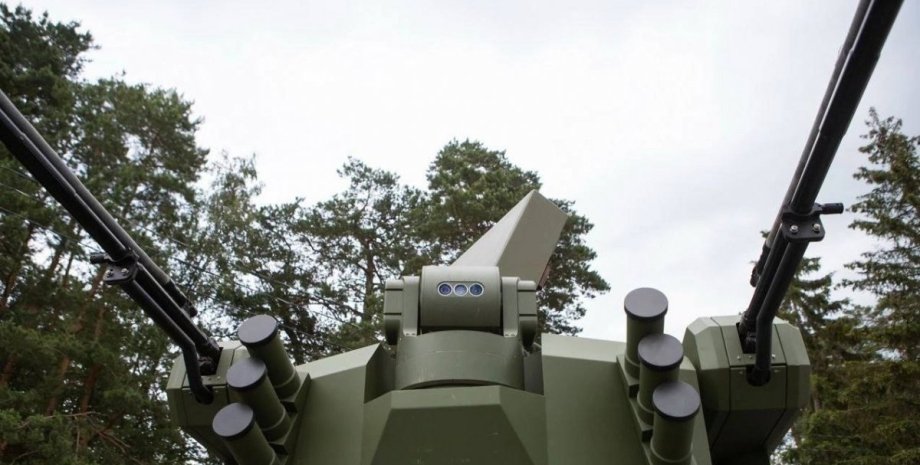
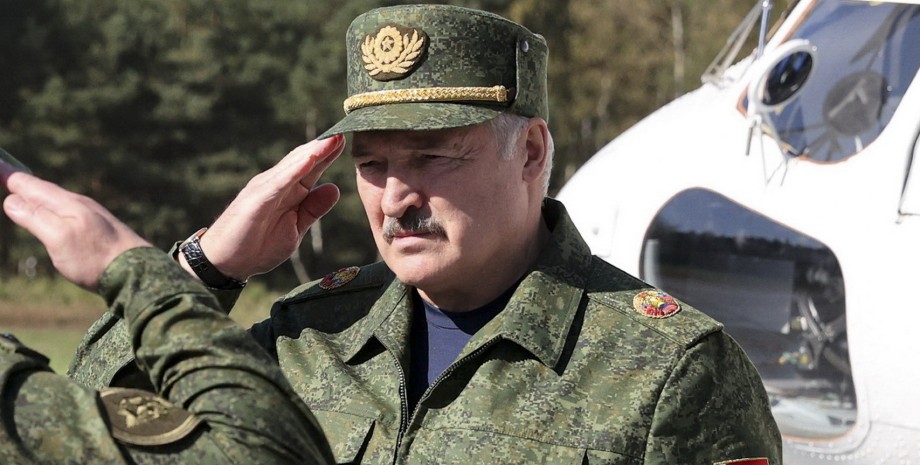
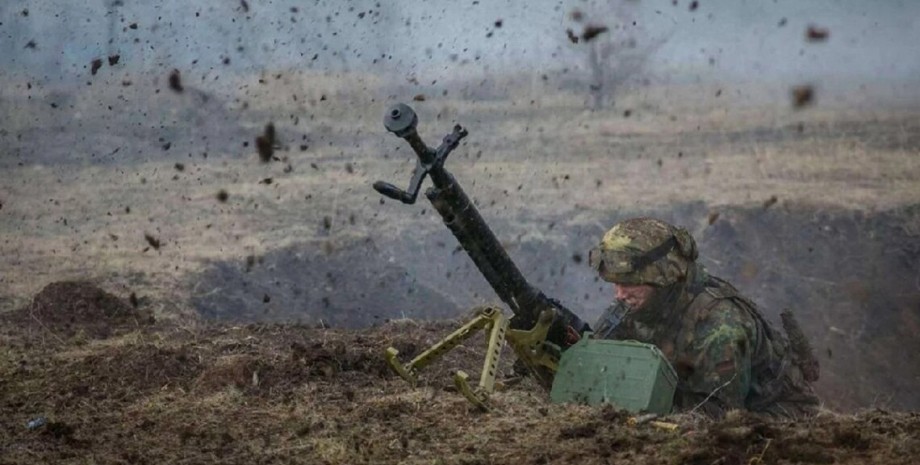

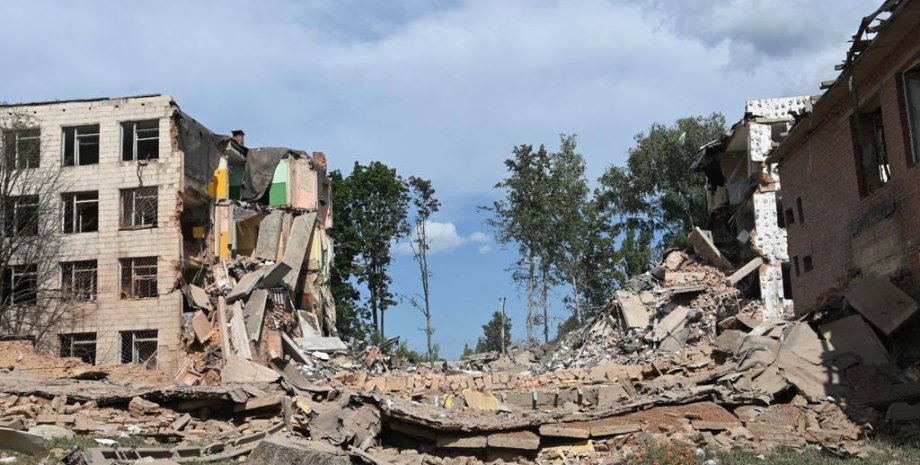

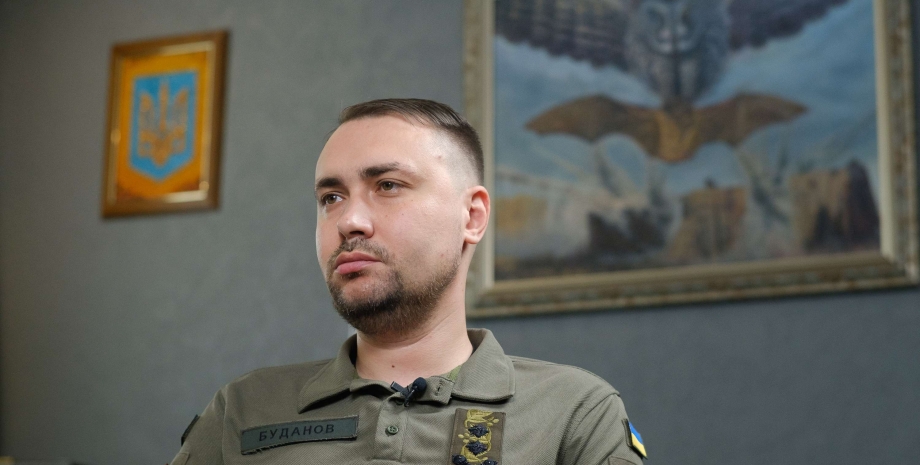
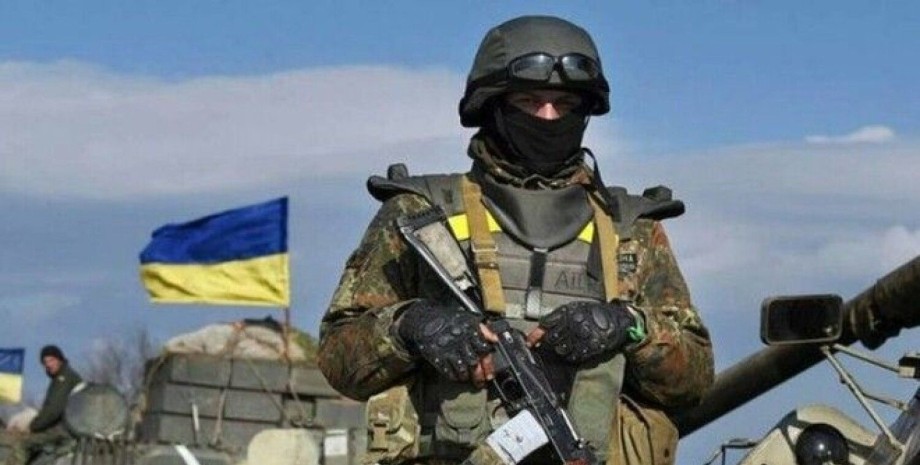
All rights reserved IN-Ukraine.info - 2022